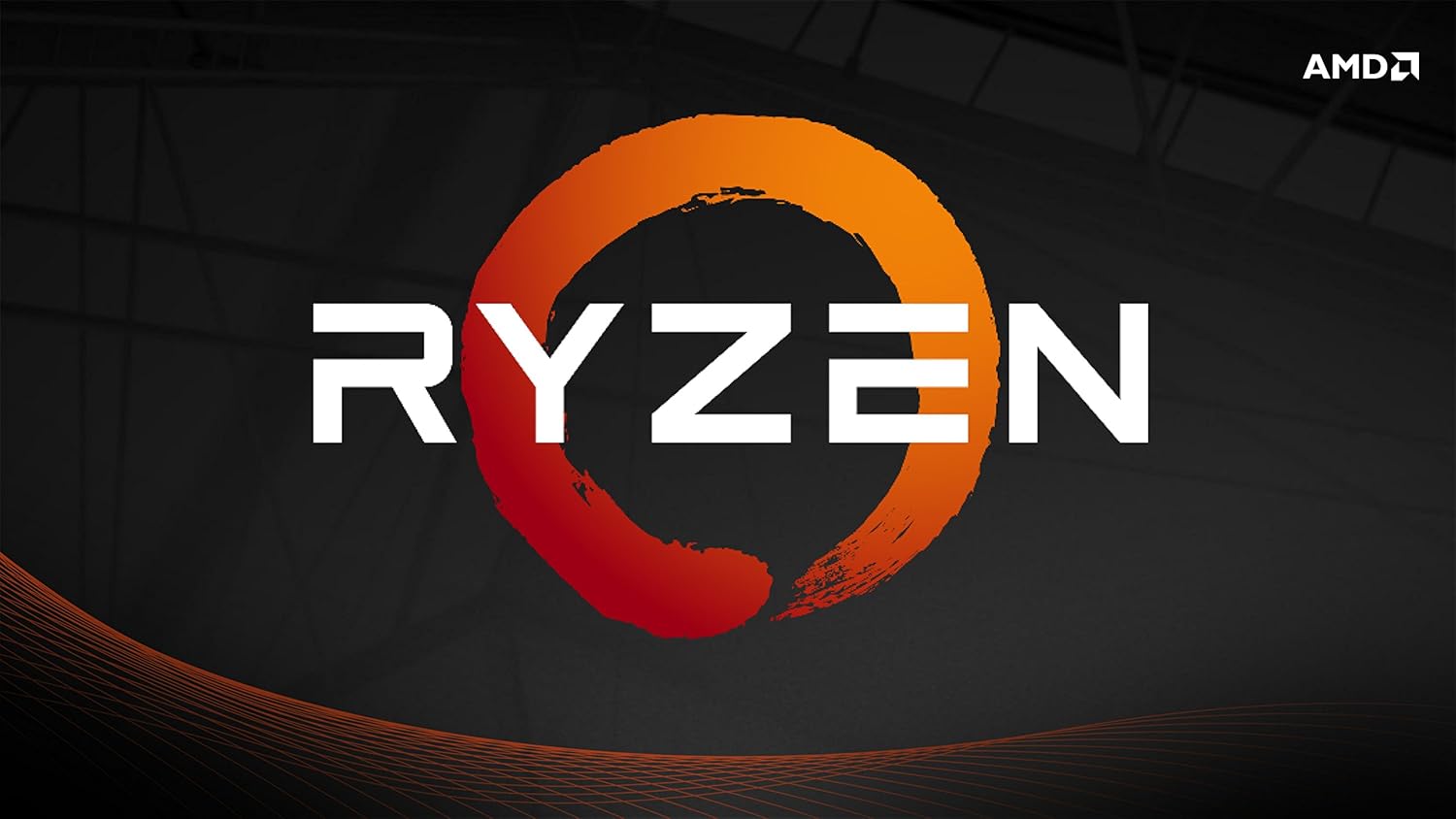
Welcome Community to this "How To" on Stability Testing Ryzen!
CPU overclocking is generally pretty straight forward, you increase your CPU multiplier, then when you reach instability, you increase voltages until you hit your desired frequency. This is especially true with Intel CPUs.
AMD Ryzen on the other hand is a bit more complex when it comes to overclocking. This is due to how the architecture works, Intel’s chips are easy because overclocking the CPU really doesn’t have a lot to do with the memory or the memory controller. You can usually push either CPU core ratios or memory ratios pretty high without negatively affecting each other.
But with Ryzens “weaker” IMC and infinity fabric architecture, overclocking the CPU core can sometimes destabilize the memory controller, causing instability from multiple areas of the chip.
So, here’s what you want to do to properly stabilize your Ryzen CPU.
- You’ll need a suite of stress testing utilities, I recommend OCCT, Prime95 (latest version is critical, then you’ll want to disable AVX instructions via txt file) and ROGRealBench.
- Run OCCT with an 8-10 hour stress test. (Large Data Set)
- Run Prime95 Blend for 8-10 hours.
- Run ROG RealBench for 8 hours.
- Run Prime95 with memory intensive configuration, start with the blend mode, then edit these fields: 512k small FFTs, “memory in use” = 75% of your total system memory (if this is too much for some reason, you can back down to 50%).
Run this for 8-10 hours.
In all my experience with stress testers, OCCT has been an absolute beast of a tester. It’ll catch errors way faster than Prime95, and is usually the 1st program to go unstable. So it’s a great program to start off with.
Prime95 blend is a good option because with stress tests, you WANT to run a bunch of them, not one single program can stress every single part of a CPU. So P95 is there as insurance basically.
Same with ROG RealBench, another good stress tester that I love to run as extra insurance on stability.
Prime95 with memory intensive config stresses the memory significantly. This will insure your memory and memory controller can handle your overclock.
When Stress Tests Fail:
(Note: I AM ABSOLUTELY assuming that you have already stress tested your memory and CPU at STOCK speeds (Stock = XMP profile on RAM), and you know for sure that they are stable.)
If OCCT fails on your CPU overclock, increase SOC and memory voltages to a temporarily high but safe value. This will insure that you know only the CPU is unstable during your future runs. Then run again, if OCCT fails, then you know for sure that it's your CPU cores only that are unstable.
My "high but safe value" voltages are: SOC = 1.13v, RAM = 1.4 (if you have RAM that has an XMP profile of 1.4v then run 1.45v)
If P95 fails, generally it’s due to vcore not being sufficient.
If ROG RealBench fails, but P95 and OCCT run, that usually means your GPU is causing issues or just your CPU is unstable.
If P95 with memory intensive config fails, that usually means your memory is unstable and/or your IMC is unstable. Increase voltage on one or both, or decrease memory speed/loosen timings if necessary.
Once you’ve stabilized your CPU, you can start lowering your IMC voltages, test for that, then lower your memory voltage accordingly. Remember to stress test each step.
FYI, once your done with stress testing, go ahead and increase vcore voltage e 1-2 notches higher than your current-validated-stress-test-error-free voltages. This will absolutely insure you are stable (because in reality, no system is 100% stable, but this is to get as stable as possible). I especially recommend you do this on Ryzen because of how steep the frequency to voltage curve is. With Intel, the frequency to voltage curve is horizontal enough that you really don’t need to do this.
I hope this has helped you stabilize overclocking on Ryzen. Ryzen's a tricky beast to truly get stabilized. But it'll be worth it!
Last edited:

